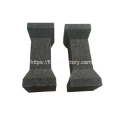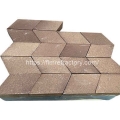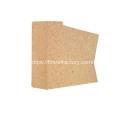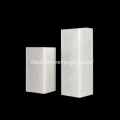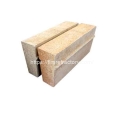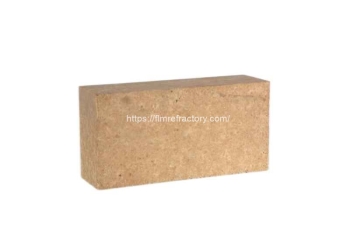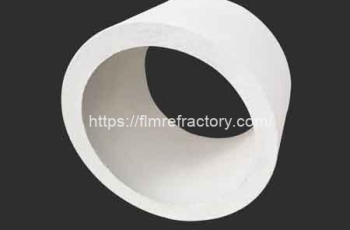- Performance. Innovation. Worldwide. Your trustworthy Refractories Manufacturing Partner--Fireramo
- +86 175 3769 7777
Phosphate-bonded High Alumina Brick
- Category: Alumina Brick
- |
- Author: Fireramo
Phosphate bonded high alumina bricks are ideal for lining high temperature industrial kilns. We can customise the production according to the special needs of customers, and strive to provide high-quality and reliable refractory solutions for every partner.
- Main Composition: Al2O3 60%~70%
- Application: Cement Rotary Kiln
- Raw Material: Bauxite
- Color: Grey
- Cold Crushing Strength: ≥70 Mpa
- Bulk Density: ≥2.75g/cm3
- Capacity: 1000 MT per month
- Package: Export wooden pallets
Search
Contact
High quality refractory bricks
Product Details
Phosphate Bonded High Alumina Brick for Sale
Fireramo’s phosphate-bonded high alumina bricks are high-performance refractory bricks with 65% to 70% alumina (Al2O3), 20% to 25% silicon dioxide (SiO2), and 2% to 4% phosphorus pentoxide (P2O5), which are made from high-quality high alumina clinker by means of an advanced phosphate chemical bonding process. Fireramo’s phosphate-bonded bricks are made from high-quality high alumina clinker through an advanced chemical bonding process, which gives the bricks a unique structure and superior properties.




Characteristics of Fireramo phosphate bonded high alumina bricks
Strong chemical stability: High alumina content of phosphate bonded high alumina bricks ensures that the bricks have good chemical stability at high temperatures and strong resistance to acidic and alkaline media.
Good thermal shock stability: Phosphate binding system makes the brick body show good thermal shock resistance during thermal expansion and contraction, effectively reducing the risk of cracking.
Moderate strength: Phosphate bonded high alumina bricks have a cold compression strength of ≥70%, with high mechanical strength, able to withstand large stresses in operation and use.
Excellent refractory performance: under 0.2 MPa load, the refractoriness of phosphate-bonded high alumina bricks is ≥1470℃, which is sufficient to cope with the needs of a variety of high-temperature industrial kiln applications.
Outstanding structural characteristics: phosphate-bonded high alumina bricks have a porosity of 22% and a bulk density of ≥2.75 g/cm³, which ensures that the bricks have good thermal insulation properties and at the same time sufficient mechanical strength and refractoriness.
Application of Fireramo phosphate-bonded high alumina bricks
Phosphate-bonded high alumina bricks are widely used in the lining of high-temperature industrial furnaces, such as cement kilns, electric roofs, steel ladles, glass melting kilns, etc. They are particularly suitable for critical areas requiring resistance to high temperatures, thermal shocks, chemical attack and spalling.
Fireramo phosphate bonded high alumina bricks production process
Fireramo adopts selected raw materials of high alumina bauxite, which are crushed, screened and proportionally mixed with phosphate binding agent, and then moulded by semi-dry press, and heat-treated at a temperature of 400℃ to 600℃ to form a stable chemical bond, so as to produce phosphate-bonded high alumina bricks with excellent performance.
Phosphate bonded high alumina bricks Specifications
| Item | The phosphate bonded high alumina brick | |
|---|---|---|
| Al2O3(%) | 65~70 | |
| SiO2(%) | 20~25 | |
| Fe2O3(%) | ||
| TiO2(%) | ||
| P2O5(%) | 2~4 | |
| Apparent Porosity(%) | 22 | |
| Bulk Density(g/cm3) | ≥2.75 | |
| Cold Crushing Strength(%) | ≥70 | |
| 0.2 MPa Refractoriness Under Load (ºC) | ≥1470 | |
Specializing in refractory materials for over 20 years, we provide professional refractory solutions for the global high temperature industry.
Theme By Fireramo

